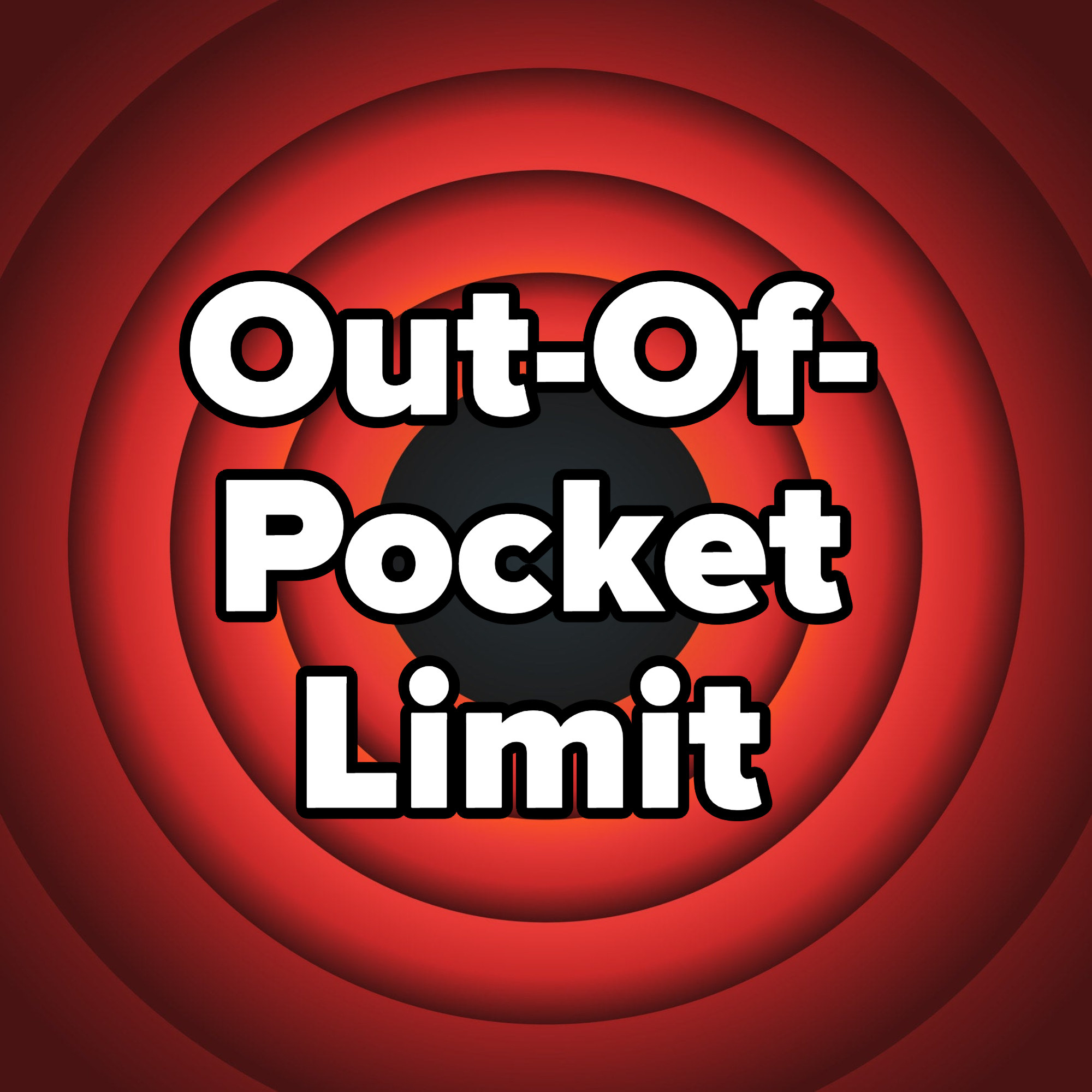1.

2.

3.

4.

5.

6.

7.

8.

If reading an insurance policy feels like reading ancient Greek, HealthMarkets wants to help make it easier.

The deductible is the amount you owe during a coverage period (usually one year) for covered healthcare services before your plan begins to pay. The deductible may not apply to all services. If you have a family, many plans have both an Individual Deductible and a Family Deductible. Check the plan to see how cost-sharing works when you meet one or both deductibles. For example, if your deductible is $1,000, your plan won’t pay anything until you’ve met your $1,000 deductible for covered health services subject to the deductible.

Most coverage options have a premium: the amount you pay, usually monthly, for your plan. Premiums are a fixed amount you pay, whether you use healthcare services or not.

In addition to your premium, a copayment, or copay, is the fixed amount you pay each time you see a network provider — including for doctor's visits, specialists’ visits, ER visits, and often for prescription drugs. Some plans require you to pay copays instead of meeting a deductible. Other plans may require you to do both. Keep in mind, copays do not count toward the deductible amount, but do count toward your out-of-pocket limit.

Coinsurance is the amount shared by you and your plan for healthcare costs, calculated as a percentage. For example, if the health plan’s allowed amount for an office visit is $100 and you’ve met your deductible, your coinsurance payment of 20% would be $20. Your health plan would pay the rest of the allowed amount.

The out-of-pocket limit (OOPL) is the total amount of health costs you are responsible for before your plan pays 100% of covered health costs for the rest of the year. If you have a family, some plans include both an Individual OOPL and Family OOPL. This limit helps you plan for healthcare costs. It never includes your premium, balance-billed charges, or healthcare your plan doesn’t cover. Generally, copays, your deductible, coinsurance, and covered network payments count toward this limit.

Different health coverage plans have contracted a specific network of facilities, providers, and suppliers to provide healthcare services. This means they have negotiated and agreed to better rates for service. By staying in your plan’s network for your care, you’ll likely pay less in overall costs.

Selecting an HMO plan normally costs less in the upfront; however, your care choices are usually more limited. The main thing to remember is this type of coverage will not cover any costs for care outside of your network. This means if you are diligent in only seeing network care providers, you will likely benefit from lower costs despite having fewer options for receiving care.

Preferred Provider (PPO) plans offer more flexible coverage to enable people to receive care both in and outside of a plan’s network. With this type of plan, there is no penalty for going out-of-network for covered healthcare services. However, plans will cover a lower level of the costs for going out-of-network.